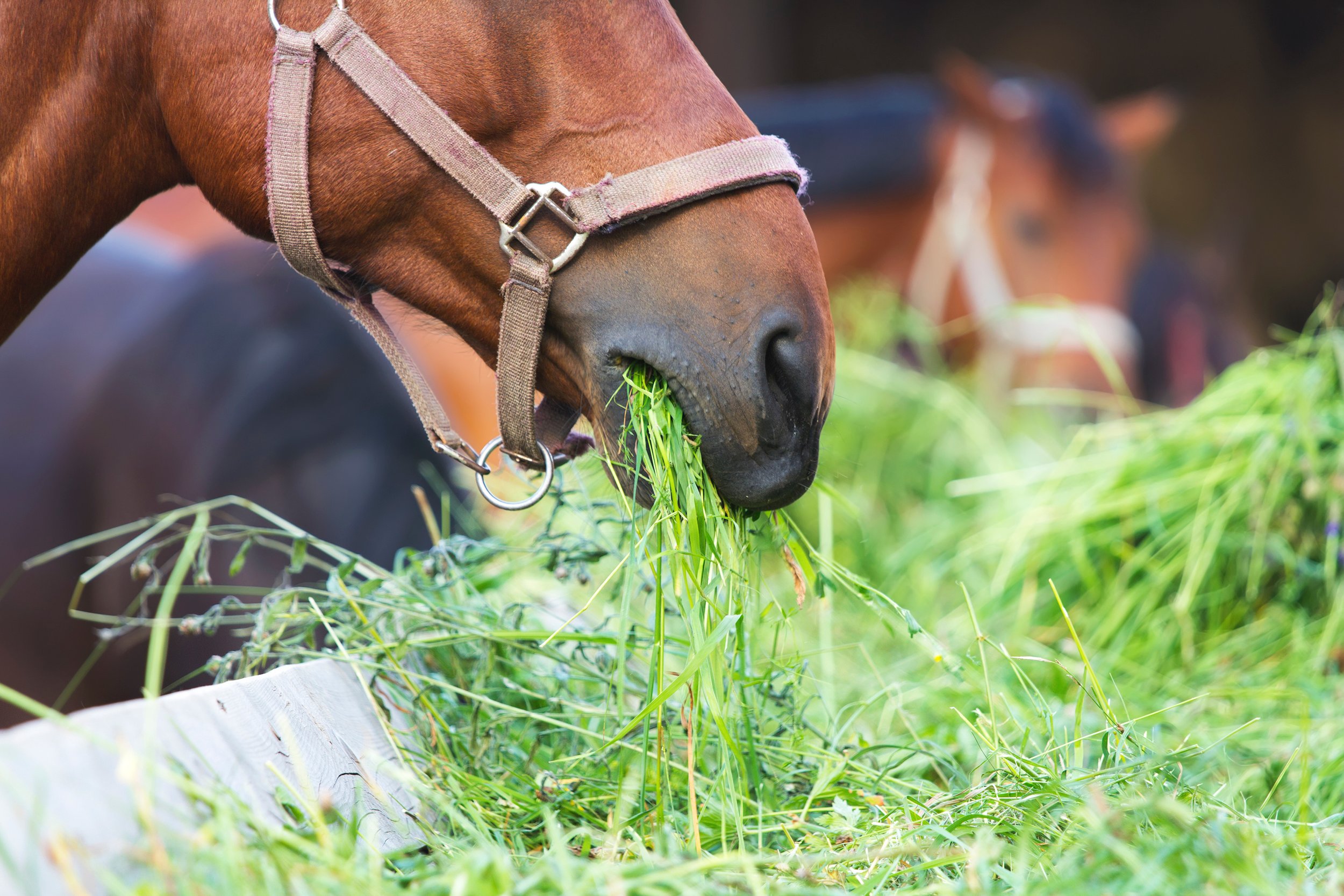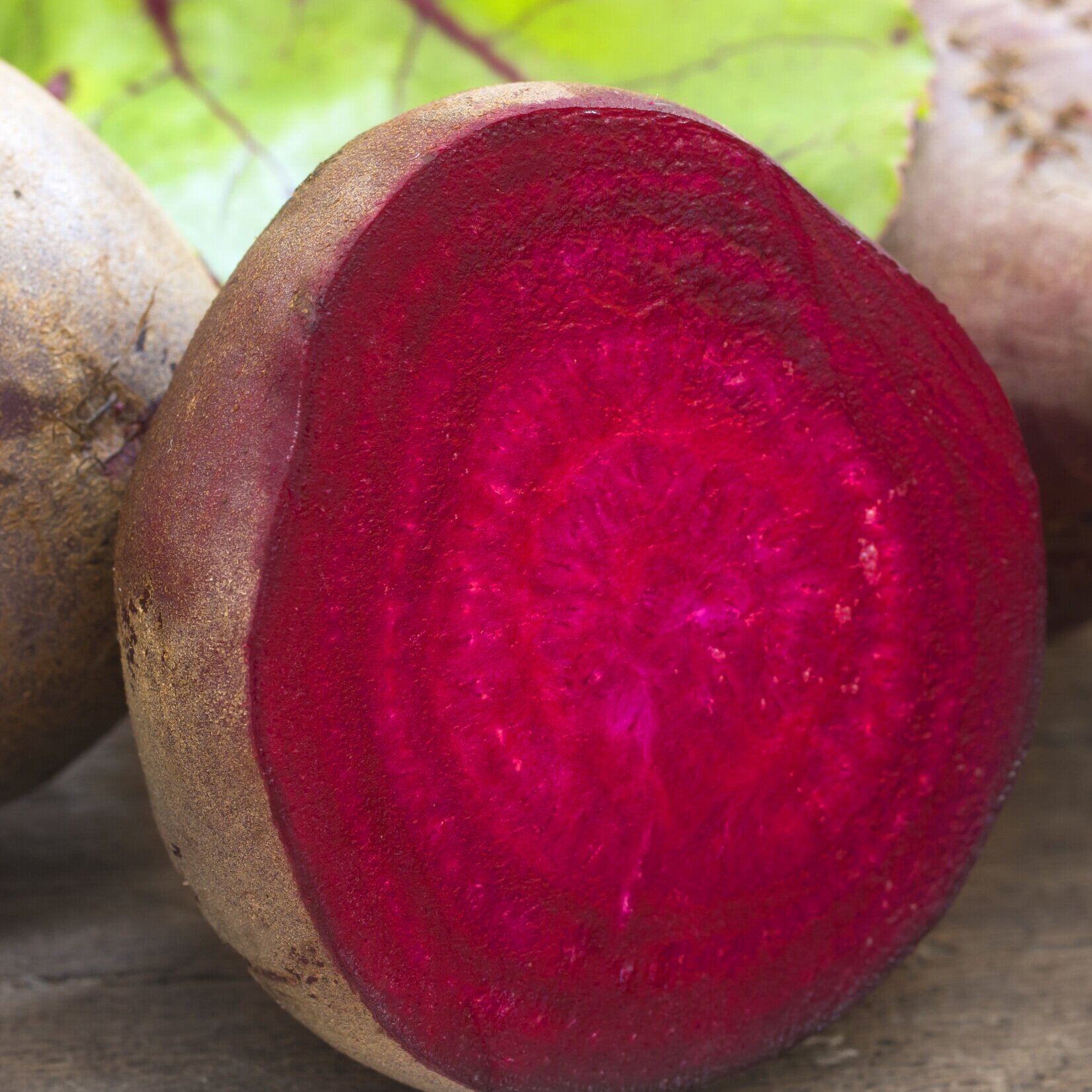Fuelling the racehorse - time for a paradigm shift!
/Article by Dr Katie Williams
What does it take for received wisdom to be overturned and new approaches adopted? Revelatory research findings? Social demand for change? Both could actually result in a change to the way racehorses are fed today as welfare and sustainability in equestrian sport are increasingly scrutinised and researchers find ways to feed and manage horses more sympathetically and sustainably.
Can we feed a racehorse more sympathetically - evolutionary considerations
The horse is a herbivore and as soon as we prevent them eating as they have evolved to do, there are repercussions for their health and well-being. The increasing frequency with which ulcers are being diagnosed may account for why the recommendations for the minimal amount of forage a horse requires has increased in recent years. Rendle et al. (2020) cite 1.5% of bodyweight on a dry matter basis which is the level most equine nutritionists would advocate for the long-term health of the horse.
The glandular region of the horse’s stomach contains glands that secrete hydrochloric acid, pepsin, bicarbonate and mucus. The stomach secretes acid continuously; as the horse is a trickle feeder it has evolved to do so continuously and it is important to note that this process continues even when the horse isn’t eating. This is why periods of more than 6 hours without access to forage are a risk factor for ulcers. The volume of secretion has been shown to be around 1.5l of gastric juice per hour although this does vary at different times during the day. Consuming too little fibre and eating materials that are high in starch, means acidity levels increase in the stomach. This not only increases the risk of ulcers but also changes the environment in the stomach sufficiently to impact the microbes that live there. Microbial dysbiosis in the stomach is increasingly being linked to an increased risk of gastric disease, particularly in the glandular region which is now recognised as an inflammatory disease rather than an ulcerative one.
There are other potential health issues to consider too. It has been shown in trials in mice for example, that a low fibre diet increases the permeability of the gut – a phenomenon known as leaky-gut syndrome. When fibre is fermented in the hind gut, one of the volatile fatty acids produced is butyrate and this is the energy used by the colonocytes (gut cells) themselves. Insufficient fibre and therefore butyrate, can compromise the health of the cells creating bigger gaps between them which allows contents of the gut that shouldn’t pass through, to do so. The racehorse is repeatedly exposed to new and different environments when travelling to different racecourses and encounters pathogens they might have no previous immunity to. Their reduced defensive barriers in the gut mean they are more vulnerable to these pathogens which can result in digestive upsets.
So can more fibre be fed without compromising performance?
Researchers at the Lab to Field research centre in Dijon, France believe so. In work funded by the French government and published in Frontiers in Physiology, they found that Standardbred horses in training fed a third of their total ration as alfalfa with just 7% oats, performed comparably with those fed 33% oats (the remainder of the diet was hay). The horses were monitored over an 8 week period rather than just in a one-off standardised exercise test (SET). The replacement of a significant proportion of oats with alfalfa had no detrimental effects on performance or muscle tone and in fact, altered energy metabolism in such a way as to potentially improve performance and recovery the authors suggest (Martin et al., 2023). Studies back in the early 2000s (Nadeua et al, 2000; Lybbert et al, 2007) showed that alfalfa was more beneficial for horses with ulcers compared to grass forages because it helps counter the increased acidity that occurs when feeding cereals. This latest study suggests that alfalfa can actually replace a significant proportion of the cereals as an energy source too.
The prevalence of gastric ulcers means it is an issue that needs to be addressed especially when viewed in the context of equine welfare in sport. Two recent studies have again shown how alfalfa has a key role to play in this regard too. The Lab to Field research group demonstrated that clinical success with horses with EGGD was 47.7 times more likely in horses fed alfalfa pellets as part of their ration compared to those on concentrate only rations (Julliand et al., 2023).
In addition, a study published in 2024 showed that a combination of alfalfa, sugar beet and cereal fibre fed alongside the existing ration, aided the reduction in recurrence of gastric ulcers when fed during the healing and post-medication periods. This is key for when ulcer medication is stopped and the recognised rebound increase in acid production can occur (Menzies-Gow and Shurlock, 2024).
A key point from these studies is that the quality of fibre matters. Alfalfa and sugar beet both contain higher proportions of digestible fibre such as pectin and hemi-cellulose, rather than indigestible fibrous elements such as lignin. This means they aren’t sitting in the gut for so long but they are being digested and utilised as an energy source. If fed in chopped forms they help to increase the amount of chewing the horse does and more chew time might actually be a relatively simple step in the right direction from a welfare perspective. The pros and cons of turning out racehorses have been widely debated but for those where it isn’t (currently) practical, it is surely a positive action to at least provide the horse with high fibre materials to eat when stabled, especially when it isn’t having a negative impact on their performance.
Dispelling Myths - Facts about Fibre
How much sugar does sugar beet contain?
The pulp fed to horses is actually really low in sugar – less than 5% assuming no molasses has been added back in. This is because the sugar has been extracted for use in the human food industry and the fibrous pulp is used for animal feed.
Why does alfalfa contain more calcium than grass forages?
Alfalfa has really deep roots – about 3 to 4 metres – and the calcium at this depth in the soil is more available for absorption. This means that alfalfa plants can take up more calcium than grass – chopped alfalfa contains between 30 - 50% more calcium than grass forages. Early studies suggest that omeprazole is reducing calcium absorption in the horse as is seen in humans and in Swanhall et al’s (2018) study, they recommend using bio-available calcium sources in the diet to help counteract this effect. Plant based sources of calcium such as alfalfa are much easier for the horse to absorb than inorganic sources such as limestone flour.
Why is alfalfa so low in starch?
Like other plants alfalfa makes sugar when photosynthesising but it stores any surplus sugar as starch in its roots – the part that horses don’t eat! Grass plants tend to store sugar as fructan in leaves and the stem which is why they supply the horse with more sugar.
What contribution can forage make to a racehorse’s requirements?
Remember that grass-based forages contain sugar, both simple sugar (glucose, fructose etc) and as water soluble carbohydrates or storage sugars (fructan). 10kgs of hay can provide around 1kg of simple sugar and in the region of 2-2.5kgs of storage sugar. This supplies around 20% of the energy required by a 500kgs horse in intense training. Additionally, forage provides energy from the fibre it contains and so overall, including the contribution from sugar, 10kgs of hay would supply around 60-70% of the horse’s energy needs depending on the quality of the forage.
Earlier cut forages tend to be more digestible and therefore supply more energy. These tend to be the wrapped forages in the UK and other wetter and colder European countries as there just aren’t long enough periods of dry weather to make good hay very often. Why is this significant? The way forages are conserved has changed over the years so now, a more accurate description of many forages previously defined as haylages, would be ‘wrapped hay’ as they are often very dry which has meant that little or no fermentation has occurred. This means the levels of acidity are no different to a normal hay which can be seen from the analysis results in table 1. Using lactic acid levels as a marker of acidity levels shows that most of the wrapped forages analysed in the UK are too dry for fermentation to occur and so the level of acidity is no different to hay.
Concern about using a true haylage for horses with ulcers relates to the increased acidity from the fermentation that occurs. Clearly this doesn’t apply if the forage hasn’t fermented and so a wrapped hay may well be a really useful option for a horse with ulcers. They tend to be more palatable and softer than hay. It is important to know the level of acidity before making the decision to use a wrapped forage and having it analysed is therefore advisable.
So if the paradigm shift happens, what will a racehorse’s diet look like in years to come?
The basis would be a good early, cut wrapped hay. The daily bucket feed would consist of 1-2kgs of oats with 1.5kgs of alfalfa pellets, 1.5kgs of chopped alfalfa and 0.5kgs of soaked sugar beet. The chopped alfalfa contributes to the horse’s overall forage requirement so if the dry matter of the wrapped hay is around 75%, a 500kgs horse would need a minimum of 8kgs per day to supply 6kgs of additional fibre on a dry matter basis.
Key takeaways
ESGD risk factors are well established and include too little fibre and too much starch
Feeding at least 1.5% of bodyweight on a dry matter basis is the minimum amount of forage required for long term gastric and digestive health
Wrapped hays that have not fermented and so are no more acidic than hay are also appropriate to use for horses with ulcers
EGGD is still not fully understood but increasingly it is acknowledged by researchers that stress is a key contributing factor
Studies have shown alfalfa to be beneficial as an alternative energy source compared to cereals for horses in training
References
Julliand et al (2023) Effect of diet composition on glandular gastric disease in horses. Journal of Veterinary Internal Medicine
Lybbert et al (2007), Proceedings of Annual Convention of the AAEP, Orlando, Florida, 2007.
Martin et al (2023) Effect of high-starch or high-fibre diets on the energy metabolism and physical performance of horses during an 8-week training period. Front. Physiol. 14:1213032. doi: 10.3389/fphys.2023.1213032
Menzies-Gow and Shurlock (2024) The effect of feeding a commercial feedstuff on equine gastric squamous disease. Journal of Equine Veterinary Science. 133.
Muller and Uden (2007) Preference of horses for grass conserved as hay, haylage or silage. Animal Feed Science and Technology, 132, (1-2) 66-78
Nadeau et al (2000) Evaluation of diet as a cause of gastric ulcers in horses. American Journal of Veterinary Research. Jul;61(7):784-90.
Pratt et al, (2022) Assessment of agreement using the equine glandular gastric disease grading system in 84 cases. Veterinary Medicine Science, 8 (4) 1472-1477doi: 10.1002/vms3.807
Swanhall et al (2018) Mineral and Vitamin Supplementation Including Marine Derived Calcium Increases Bone Density in Thoroughbreds. Proceedings of the Australasian Equine Science Symposium



















